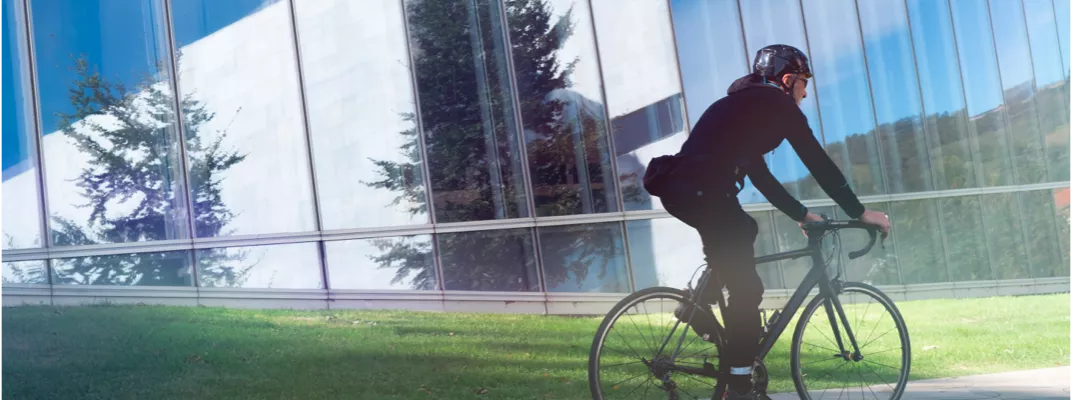

Which building materials are the most eco-friendly, healthy, safe and able to deliver positive benefits – now and for years to come?
This is the challenge that inspired William McDonough and Dr Michael Braungart to develop the Cradle to Cradle philosophy. Their visionary approach is to look at materials in terms of five categories – Material Health, Water Stewardship, Material Reutilisation, Renewable Energy and Social Fairness – in order to find which minimise impact and maximise gain.
The Cradle to Cradle Products Innovation Institute (a non-profit organisation) has become a global agent of change, empowering companies to commit wholeheartedly to sustainability in the broadest sense of the term. Its rigorous standards have been embraced by AGC Glass Europe in order to ensure our products are as sustainable as possible. Glass already has the benefit of being infinitely recyclable, but having won the nod from C2C (Bronze and Silver certification), it’s now supporting communities and the natural world too.

Overall, our insulating glass products, which include Stopray and ipasol, have been awarded Bronze certification. Despite the overall Bronze certification, the Renewable Energy and Water Stewardship subcategories were rated Silver while the Material Reutilisation and Social Fairness subcategories were rated Gold. In contrast with other glass products, Cradle to Cradle certification of insulating glass involves significantly more participants since it is not just the glass that is certified. All the other components necessary for the construction of double and triple glazing – including interlayers, adhesives, sealants etc. – must meet key criteria. As a result, this complex certification process involves several dozen suppliers and all production plants. Certification underlines the Group’s commitment to environmental protection and sustainability.
Apart from being sure of using truly excellent products that do not contain toxic substances and are recyclable, the use of C2C certified products has a positive impact on the certification of buildings under LEED (the Generali tower in Milan in the picture has LEED Platinum certification) and DGNB standards, since it provides points in the eco-certification category. Planners can create buildings in which ideally everything is recyclable and in which it has been shown that people achieve higher productivity because they are healthier and happier.


